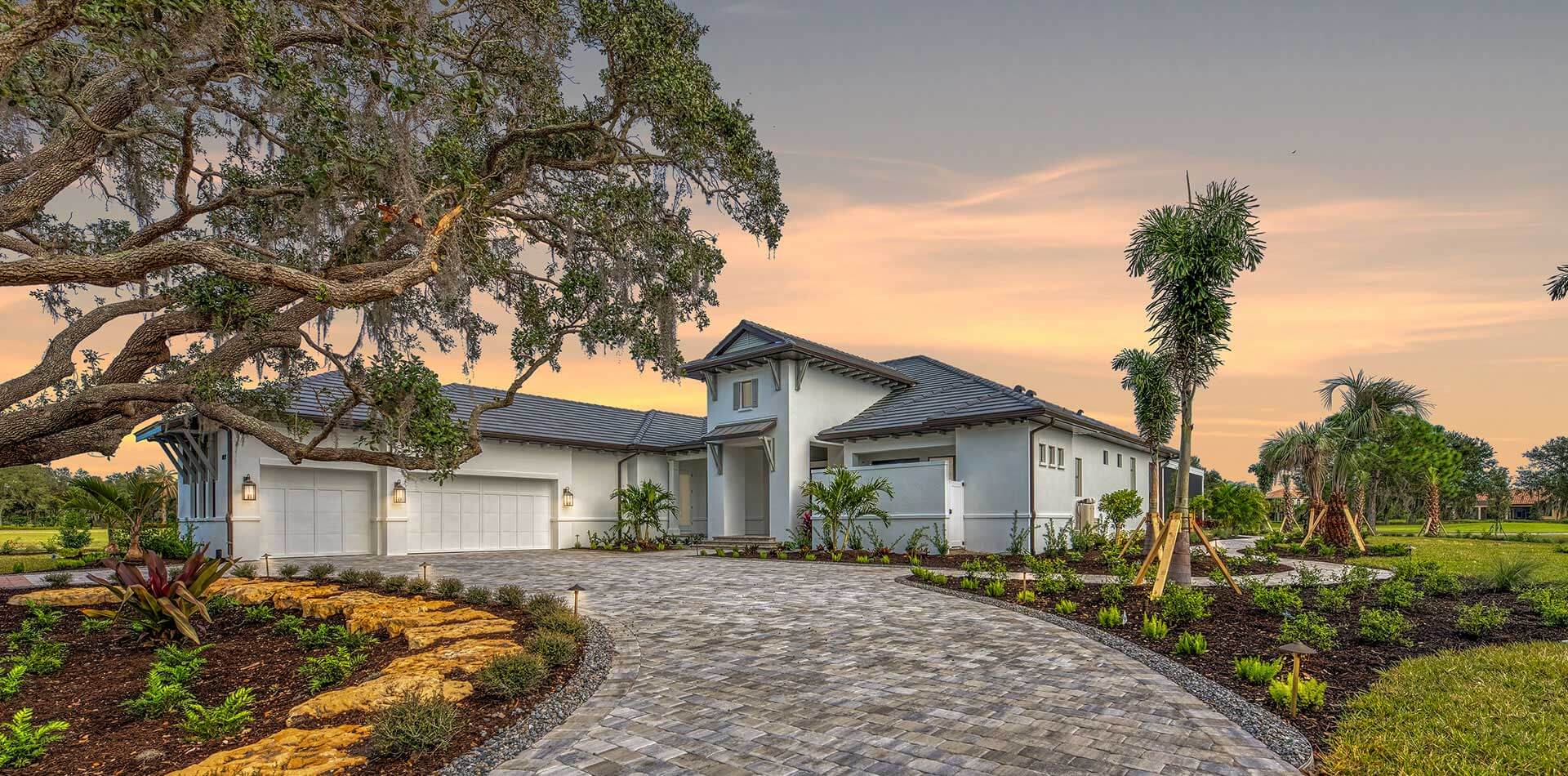
Safe And Sound: Four Steps For Securing Your Roof During Hurricane Season
Hurricane season is here again, and you’ve probably started reading headlines about the latest severe storms brewing in the warm Atlantic waters. On the Suncoast, our team at Lee Wetherington Homes knows it’s never too early to begin formulating a plan and preparing your home for potential life-threatening weather. In fact, since 2015, nine storms were named before the official start of hurricane season, which traditionally runs from June 1 to November 30.
Like we discussed in our June 2021 blog post, there are plenty of steps you can take to secure your property – if and when a hurricane makes landfall in Southwest Florida. But arguably the most important focus area should be your home’s roof, which is the first line of defense against rain, hail, extreme winds and more. While you can rest easy knowing your beautiful home was constructed to the high standards of hurricane codes, here are a few tips for keeping a roof over your head amid Mother Nature’s harshest storms!
Leave loose shingles and tiles behind
Loose shingles and tiles can quickly turn into projectiles when up against hurricane-force winds, which range from 74 to over 157 mph. And, when these integral pieces of your roof are lost, it leaves your home vulnerable to damage from the elements – even after the storm has subsided. Water damage, in particular, can lead to mold and mildew growth in addition to rot capable of causing structural damage.
Schedule roof repairs for any visible weak spots to ensure your home remains watertight in the worst scenarios. And, if you have a skylight, cover the glass with plywood or a metal cap.
Blue tarps create a buffer zone
Sprawling blue tarps are synonymous with hurricane season in Florida. Not only can these coverings temporarily extend over your roof after a storm inflicts damage, but they serve a variety of preventative purposes as well.
Installing a tarp, prior to a hurricane’s landfall, provides a protective layer shielding your shingles and tiles from heavy rain, hail and wind-propelled debris that would otherwise pierce holes in your home. The highest quality hurricane tarps provide a waterproof buffer and are commonly manufactured out of rip-resistant polyethylene. This material can also serve as the perfect cover for your pool and other exposed areas of your home during a storm. It’s one of the many common tools you should have on hand – and another useful addition to your disaster supply kit.
Roof straps for staving off the wind
Galvanized and stainless steel are effective solutions when hurricane-force winds are on the horizon. Hurricane roof straps, which are metal brackets that most commonly connect beams to wall structures, are designed to disperse wind uplift from the roof to your home’s foundation.
Many new builds already incorporate these essential safeguards during construction. However, if you have an older home, you’re still in luck. This ever-advancing technology can be installed on existing residences.
Stress less with an inspection
Part of your prep for hurricane season should always include a roof inspection conducted by a professional. It’s a smart investment for homeowners because, ultimately, routine upkeep helps improve longevity – and uncover problems an untrained eye wouldn’t otherwise notice.
In many instances, inspections are a checkup of roofing shingles, tiles or metal. These scheduled visits also typically include an assessment of a roof’s membrane, which is the watertight covering that protects the interior of your home, and more. Take comfort in knowing you’re prepared, and ready to safely face a hurricane head-on this season!
